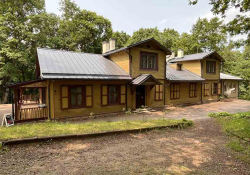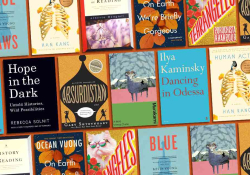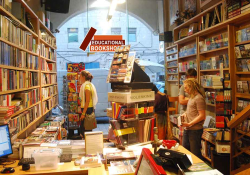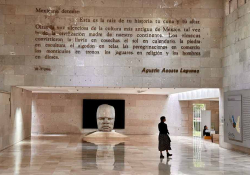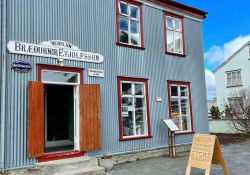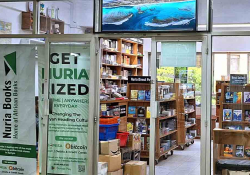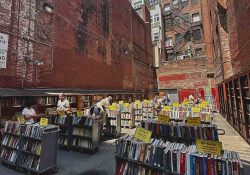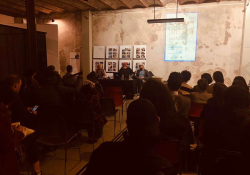Delft
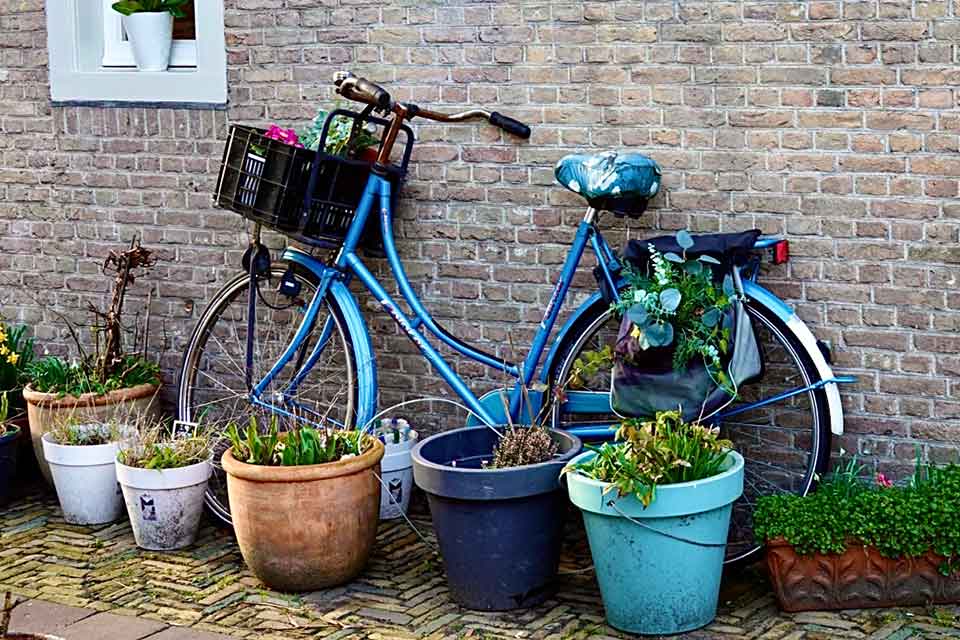
During a recent trip to the Netherlands, my family and I visited Amsterdam—an obvious stop—and found it stunning, the elaborate architecture contrasting with the simplistic and playful bicycles. The city that stood out the most, however—which we hadn’t expected—was Delft: the city of Johannes Vermeer and Delft Blue.
Since 1653, Royal Delft has been the original workshop for Delft Blue, a world-famous and unique form of pottery and craftsmanship. Each piece is handmade, and many are hand-painted. While we weren’t quite sure what to expect, when we entered the museum and factory space of Royal Delft, we were the only people there besides the employees, who were dressed to the nines in cobalt eyeliner, sapphire button-downs, navy slacks, and stunning cerulean scarves.
To make a piece of Delft Blue, one must begin with a piece of clay, a unique blend of kaolin, chalk, quartz, and up to seven other raw materials (which remain unlisted to preserve the rarity of Delft Blue). Once the clay is turned to liquid, it is then transferred to one of the hundreds of plaster molds. Each plaster mold is only used 70–100 times before being retired, preserving the quality of the molds due to the absorption of water from the mixture. After it achieves the desired thickness, the piece is removed from the mold to dry. Next, the “englobe,” an additional layer of clay, is added before it is fired in the kiln at 1160°C (2120°F). It is now called the biscuit.
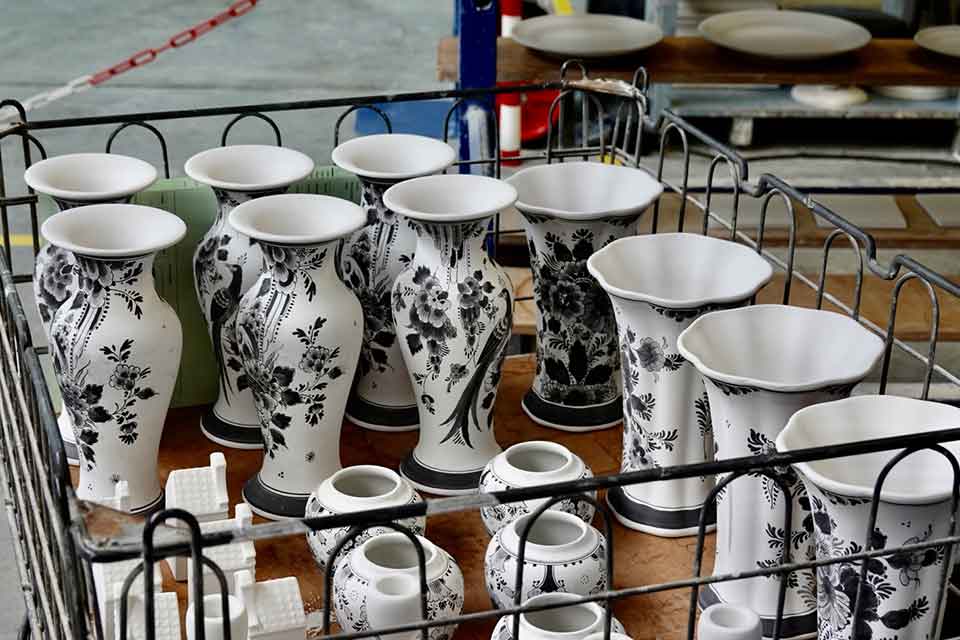
Once removed from the kiln, it is ready for painting. Delftware painters, who begin as apprentices for many years until deemed prepared to work individually, paint the pottery by hand. The paint—gray and black at first but then blue upon emerging from the kiln—is made from a unique blend of cobalt oxide, and the water base encourages painters to utilize many coats to ensure thickness and dimension in their artwork. Finally, it is glazed and fired again in the oven for twenty-three hours at 1200°C (2192°F). The black and gray clay turns to blue, and the pottery is handed off to be inspected and given the official signature of Delft Blue if it passes the quality examination. Each artist has a special signature that they may apply to the Delft Blue logo if the piece is approved.
Borrowing influences from Chinese and Japanese pottery and designs from Italian Ruben artwork, Delft Blue has become world-renowned. It is used in European ceremonies and given as a gift to visitors by Dutch royalty. My family’s pick? A petite, hand-painted blue-and-white Christmas ornament shaped like a bell to add to our collection of ornaments from our travels. Mine? A small, family-made jewelry box, hand-painted by the woman who smiled at me in the store. I decided to store a pair of old pearl earrings in it: pearls like Vermeer’s Girl in the Pearl Earring in Delft Blue, of course. How could I resist?
As we made our way through the rest of Delft, trying Dutch pancakes (a crepe-like absolute must!), exploring the many canals, rolling our eyes at the large trucks attempting to parallel park beside the canals (just don’t!), and climbing up the 376 steps of the Nieuwe Kerk to see the stunning skyline (another must!), we fell in love with the quaint yet historical city, and it became my favorite stop of the trip.


